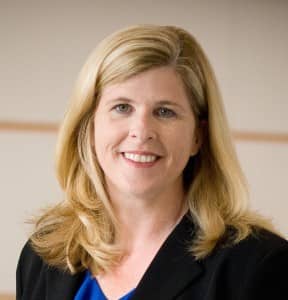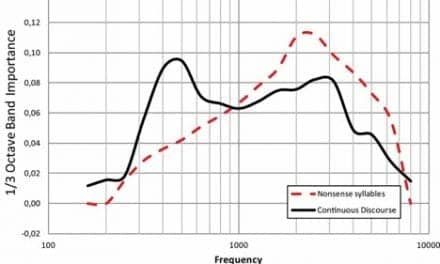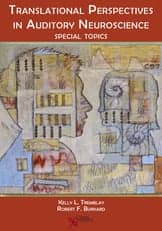This Better Hearing & Speech Month, Let’s Embrace the Hearing Healthcare Professional’s Vital Role in New Technology
For those of us in audiology, we are familiar with the month of May as the annual observance of Better Hearing & Speech Month. It’s a good time to review where we are in the hearing healthcare industry, especially in light of the many ongoing discussions on how best to serve people with hearing loss. For me, I believe the most important message, even as our hearing care technology improves – becoming smarter and more customizable than ever – is that we can’t sacrifice the critical role of the professional in ensuring a positive hearing care experience for hearing aid users.
Hearing aids of today are sophisticated devices that help individuals with hearing loss hear in more environments than ever before possible. We no longer think of just a hearing aid, but also hearing systems with connectivity to mobile phones, TVs, and personal microphones. Most hearing aids that exist today do not act simply as amplification devices – instead, they are responding and adjusting in real-time to sound environments. More and more hearing aids are being connected to apps that allow users to control their hearing aids and fine-tune these adjustments even more – as they need it, right from their smartphones.
This innovation is exactly what our industry needs. It has encouraged more people to address their hearing loss even younger, and we are chipping away at long-held stigma that has dissuaded many users from addressing hearing loss. Hearing healthcare improves overall when we empower users with technology that fits into their lives, allows them to address their hearing loss on their own terms, and supports the wide variety of sound environments they encounter in a given day. This is nothing but a resounding “win” in my book. However, these advancements wouldn’t have their intended impact if they weren’t supported by the expert guidance of a hearing care professional.
Even as hearing technology becomes smarter, more intuitive, and more self-sufficient – affording greater control to the user – professionals must continue to play an active role in the hearing care journey. I personally train hearing healthcare professionals about our products and help them understand exactly how our technology works, so they can get the best results for their patients. I have experienced countless hearing aid users whose lives are changed by technologies when a dispenser has taken the needed time and care to properly counsel, fit, and adjust hearing aids to a user’s unique hearing loss and preferences. Given the complexity of the auditory system, this foundational fitting isn’t something that can just come purchased out of a box. Users also need professional follow up to ensure their hearing aids continue to provide the needed benefits day in and day out.
As we look toward the future, it is no doubt an exciting time in hearing healthcare – especially for us as hearing care professionals. As professionals, we supplement and enable things that technology can’t – the things that can’t come out of a box. We connect with a user to explain how his loss is preventing him from hearing his granddaughter, we understand when a user explains an odd sound happening in her right hearing aid, and we support lifelong care that grows and evolves with the unique hearing journey of each user. While technology will continue to offer new, exciting, life-changing innovations, it is just as important for us to remember our value in administering and supporting this technology for our users.
This time next year, I look forward to seeing again where technology has brought us – and how, as an industry, we have allowed users to hear more, do more, and be more than was ever thought possible through these innovations. Users will more and more seek out real-life adaptation to addressing their hearing loss, for audiologists to deliver hearing solutions based on real-world inputs, not just adjustments made in the clinic. I look forward to a strengthened role of the audiologist as the digital world continues to blur boundaries with the physical one – allowing us as healthcare professionals to meet the changing wants of users and become a more regular part of their lives when and where they need us. As we embark on another year of innovations, let’s remember technology is only as powerful as we enable it to be – and we, as hearing healthcare professionals, are here to answer that call.
Laurel A. Christensen, PhD, is the Chief Audiology Officer for GN ReSound Group. She leads a global team of audiologists who work at creating the future of hearing aids through years of proven expertise in sound and audiology.
For more from Christensen, see the article titled “RANTS! Some Things We Would Change—If We Could,” which ran in the March 2016 issue of The Hearing Review.






